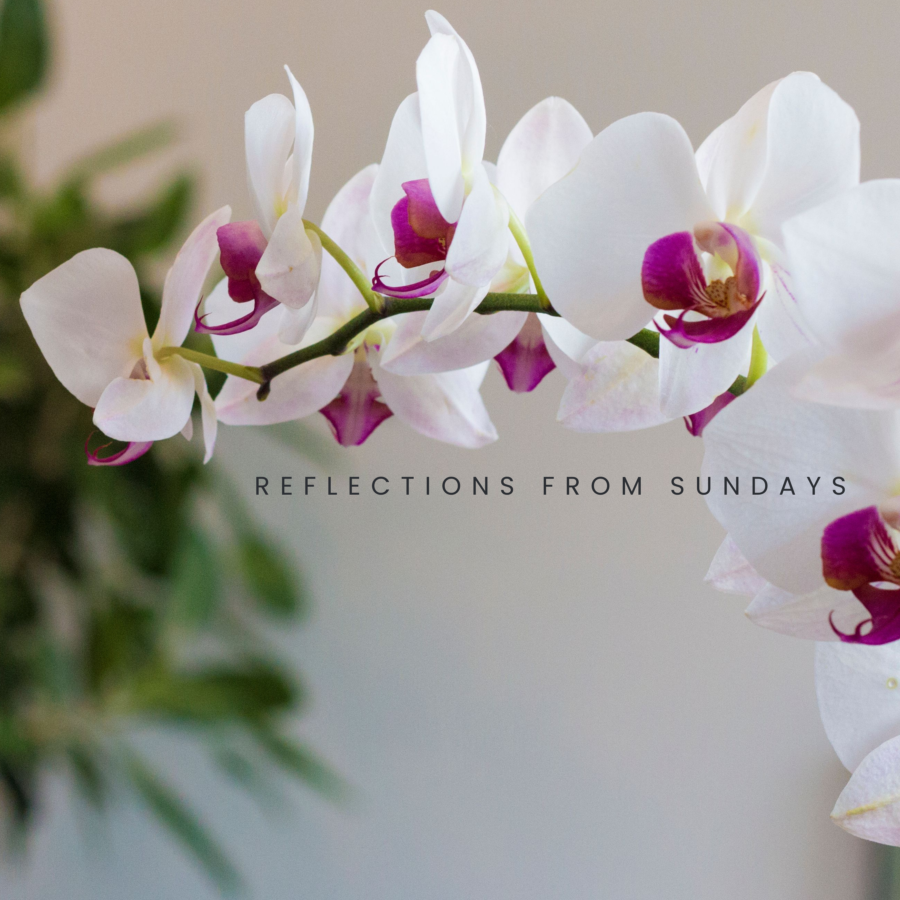As we begin to establish a new practice, we can tend to prioritize the morning practice or the formal practice, whatever time of day that might be, and then keep it there, on the cushion, so to speak, as we move out into the world. Meaning, we don’t necessarily think to bring the practice out into the world with us. And as we grow in our ability to become aware of when we’re getting dysregulated, or when we go into judgment, or when we go into fear and doubt, when we’re able to become more aware out in the world, this is when we’re able to actually pull out those tools and those practices to self-regulate. And this is where it supports us in having more comfort in the body and more ease in the mind as we’re doing difficult things, or as we’re working through hard times and relationships. And the practice will forever support us in our relationships.
But we do have to be willing to bring it from the cushion also, out into the world.
And so just inviting you to consider if there is more that you can do to practice attentional awareness and self-regulation throughout the day.
This does not need to be a formal seated practice that you drop into in the middle of the day. This can be when you notice that you’re getting dysregulated, that you are willing to anchor your attention into something available to you in that moment. And we take our breath with us wherever we go. We take physical sensations in the body that we can become aware of, we might anchor to a sound in our environment or just be willing to feel the bottom of our feet for a moment.
There are all kinds of things that we can do to anchor our attention into the present moment and get our prefrontal cortex online. This is what gives us our emotion-regulation as well as decision making, executive function. This is where our clarity is able to be found and intact.
These can be very small clips of time throughout the day. It might even be washing your hands and feeling the water across your hands or feeling the wind on your face as you walk from the door to the car. Very simple, mundane things, but the ability to bring our attentional awareness into the present moment does exercise that prefrontal cortex, allowing us to engage emotion regulation so that we can be with a bit more at ease.



